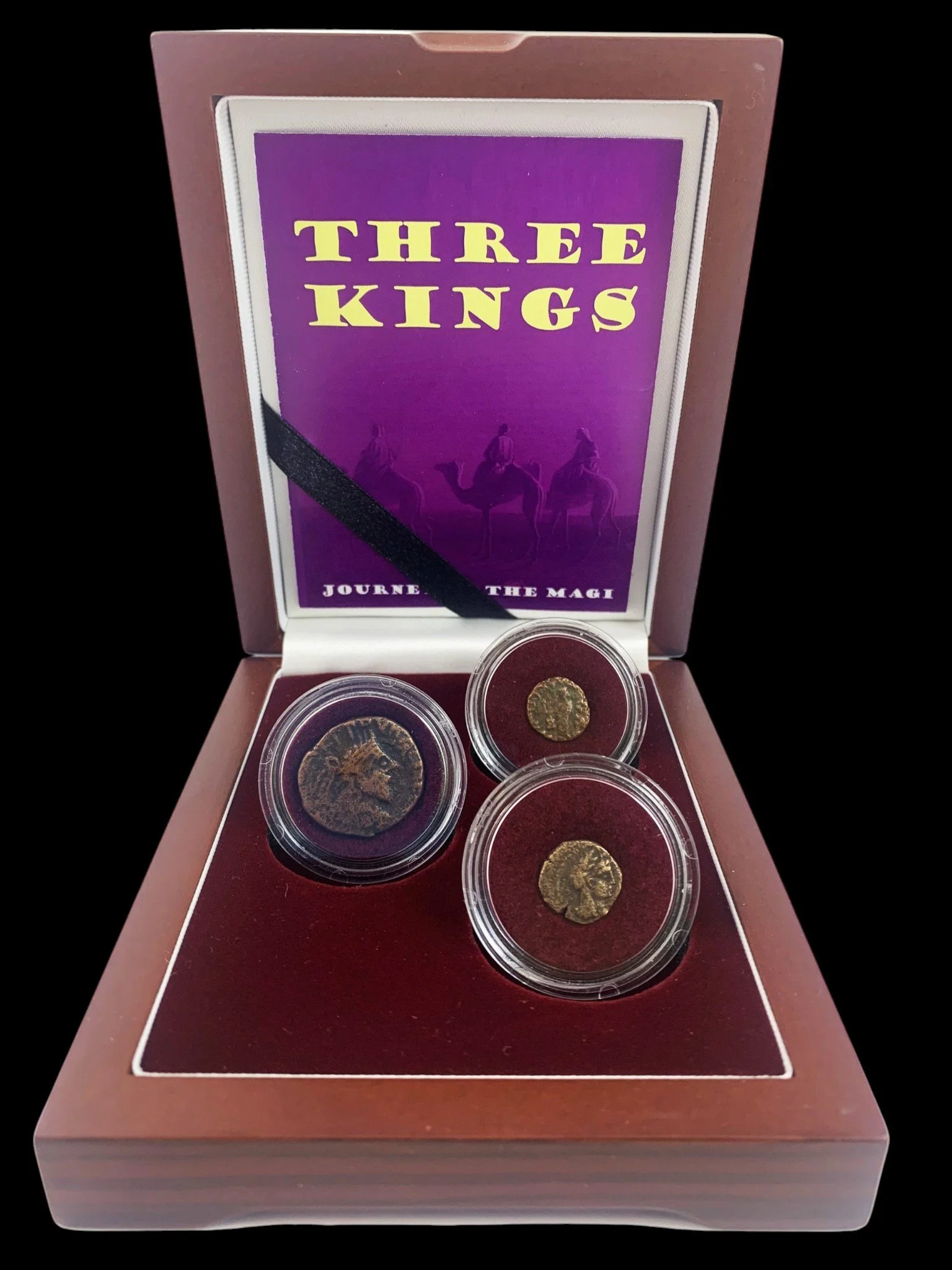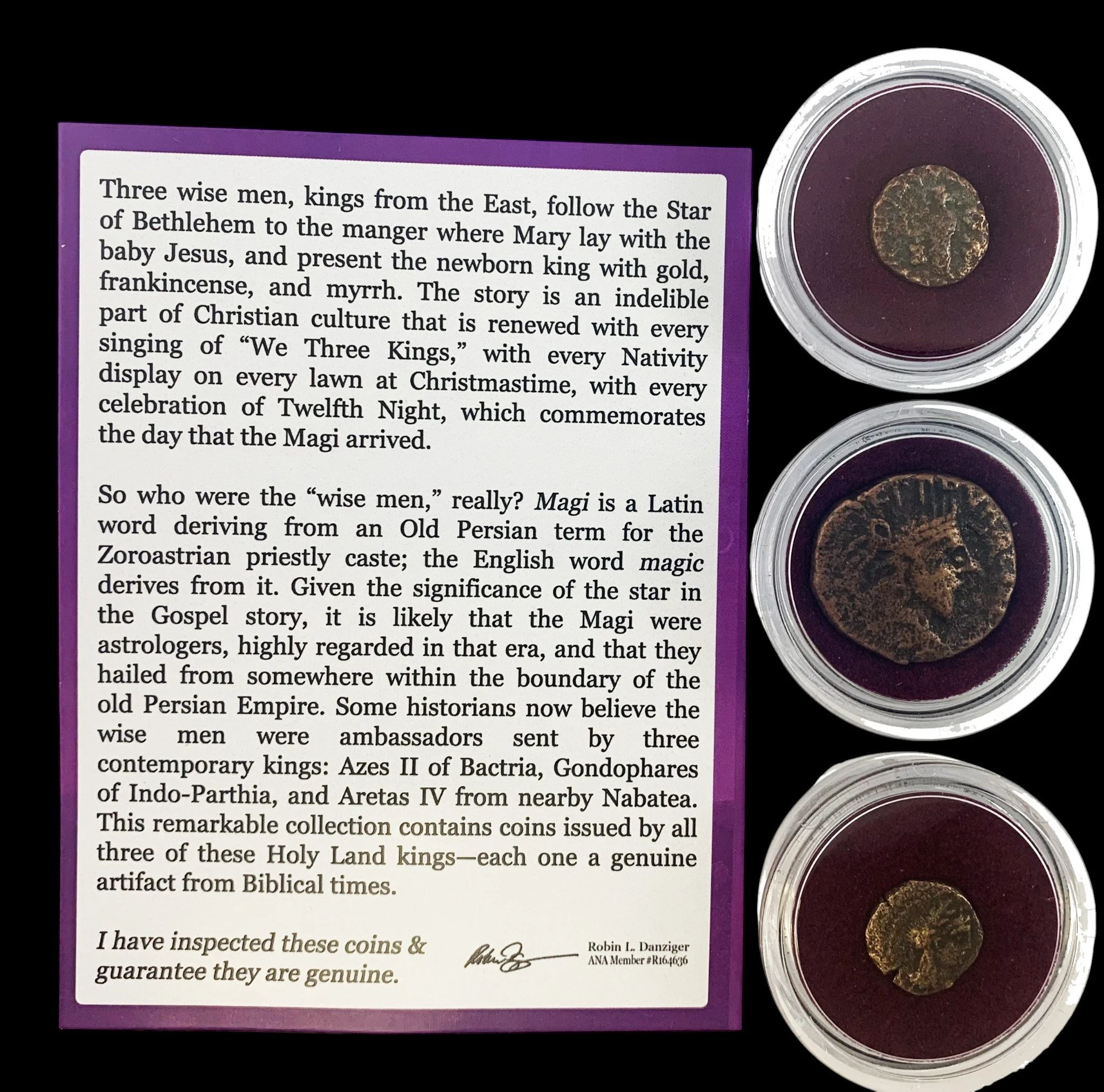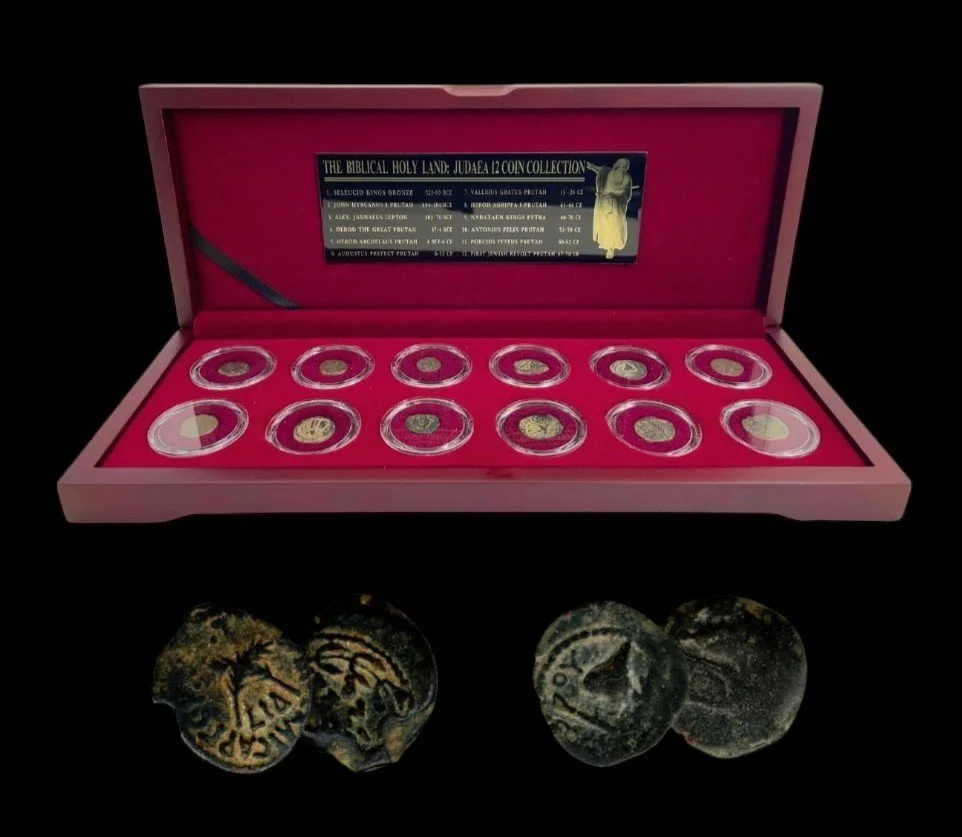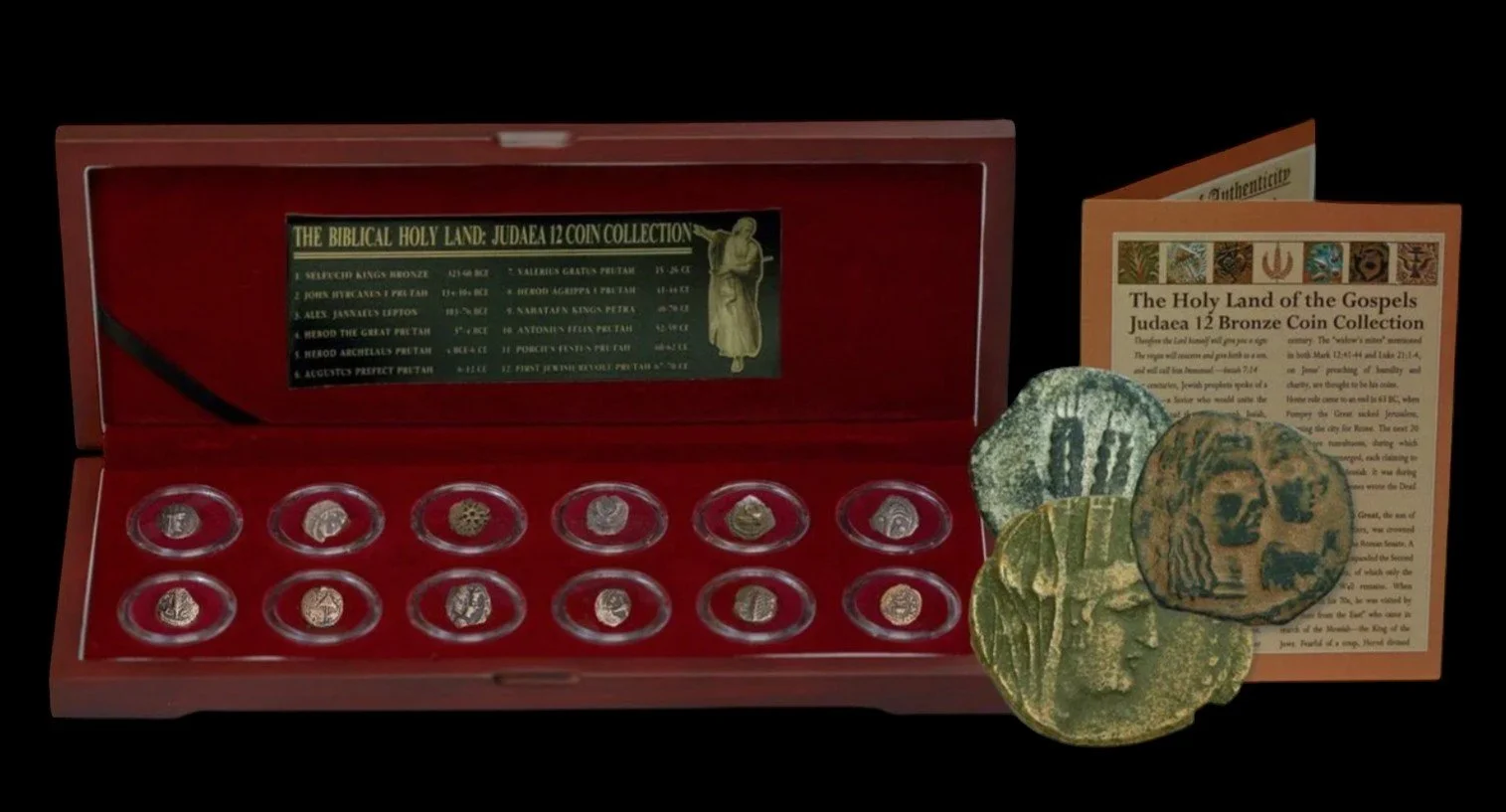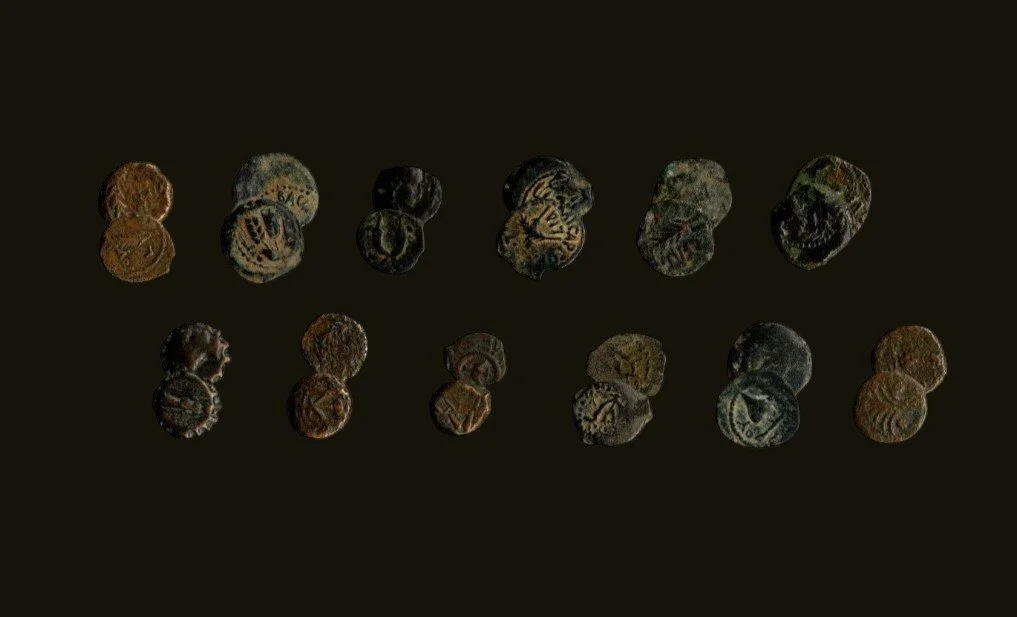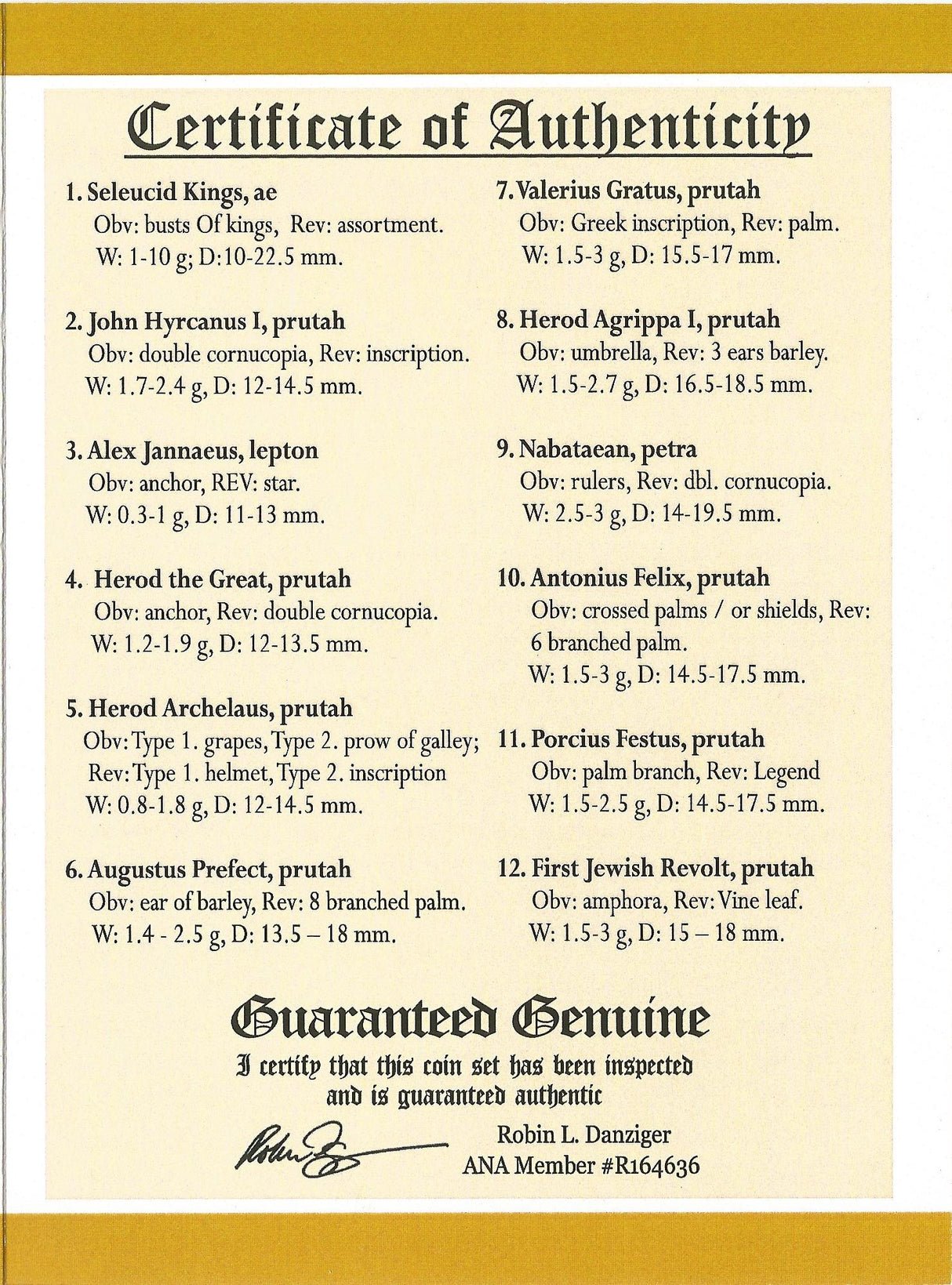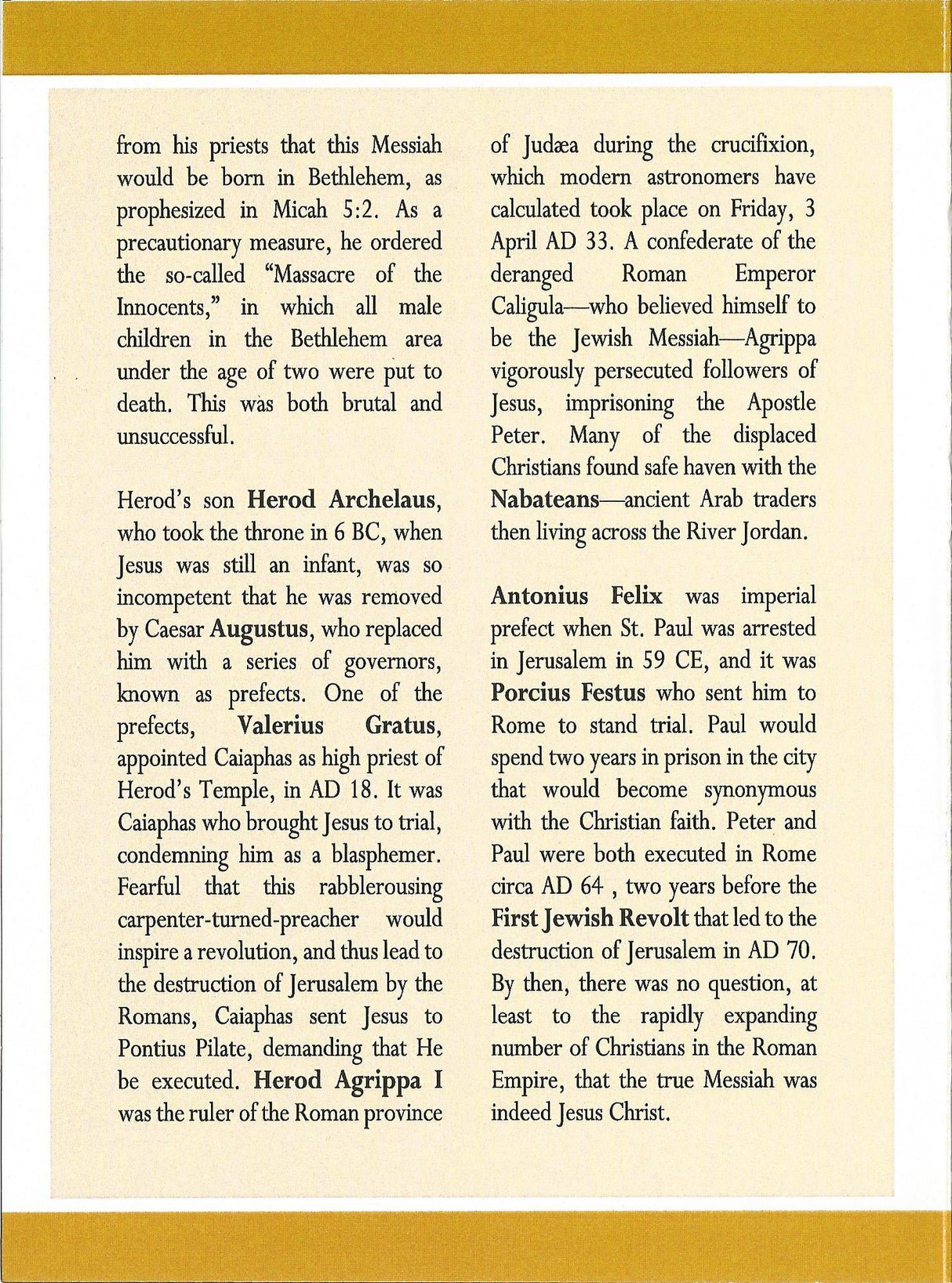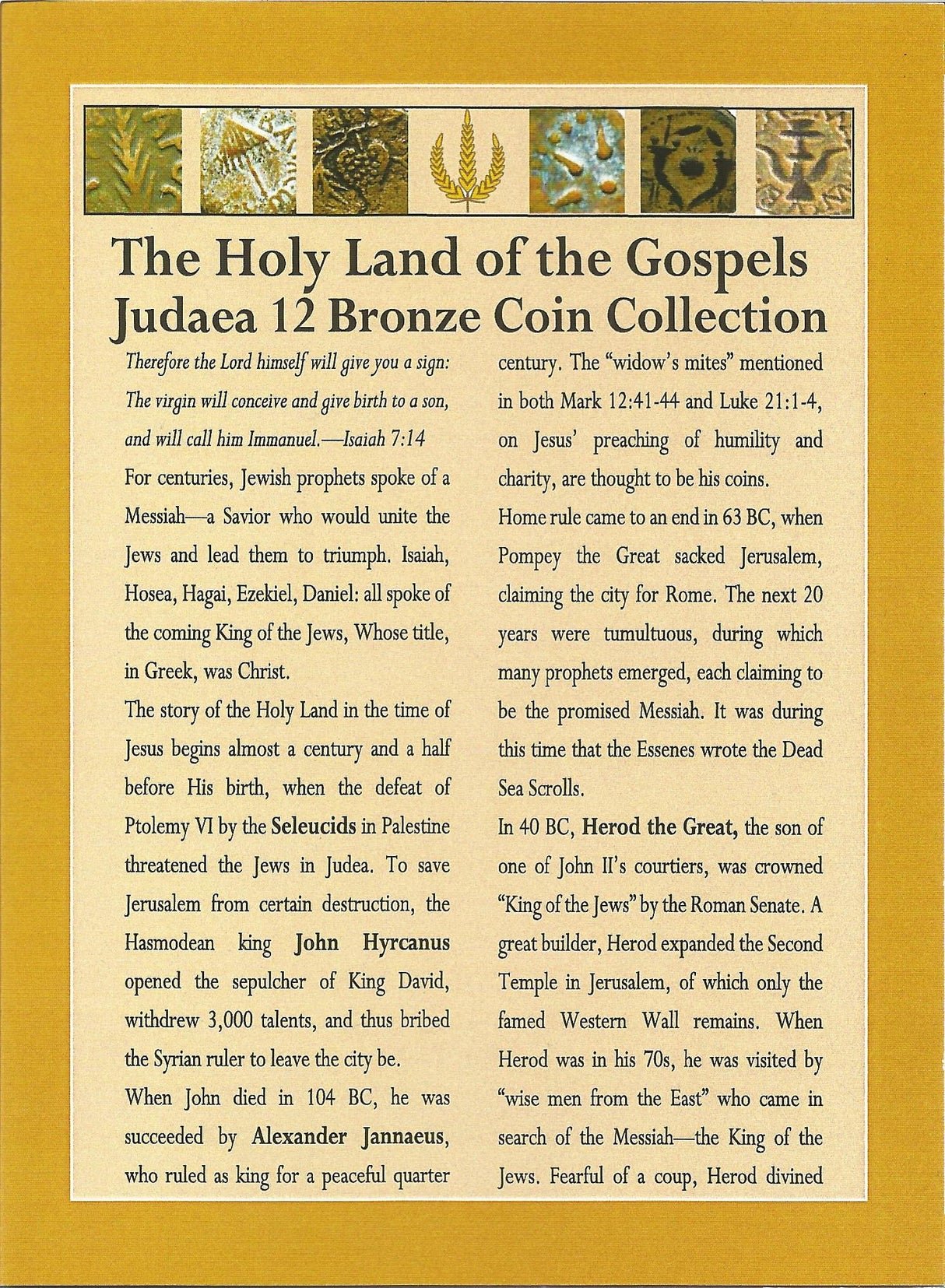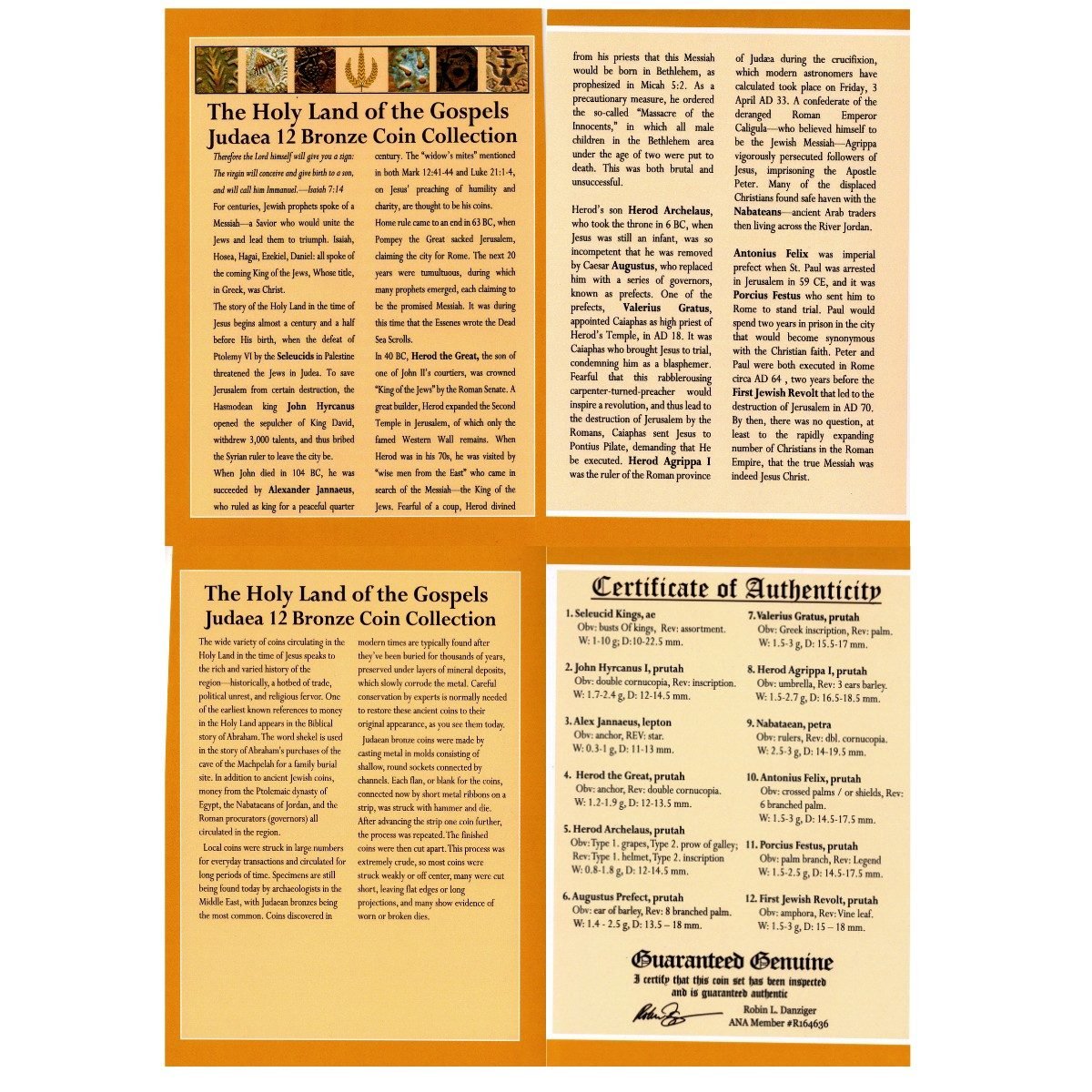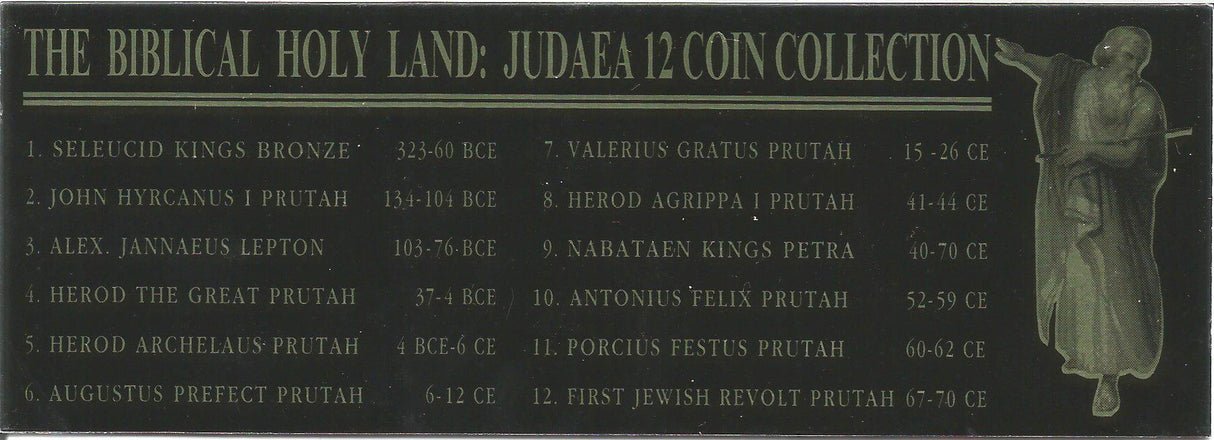 Image 1 of 3
Image 1 of 3

 Image 2 of 3
Image 2 of 3

 Image 3 of 3
Image 3 of 3




Bronze Prutah Of Judaea During The First Revolt (about 1,955 years ago)
The coins shown are representative examples of the grade and type, but not the actual specimens for sale. For details on NGC’s grading standards and definitions, please refer to our NGC Grading page.
This bronze prutah was minted during the second year of the First Jewish Revolt against Rome, also known as the Great Revolt. These coins, produced by Jewish rebels who had temporarily gained independence from Rome, represent a rare period of Jewish sovereignty during the Roman Imperial period and served as powerful symbols of national identity and resistance.
Coin Description:
Front side: Likely features a vine leaf, amphora, or chalice with the Hebrew inscription "Year Two" and possibly "Freedom of Zion" in ancient Hebrew script
Back side: Probably displays a palm branch or other Jewish symbols with additional Hebrew inscriptions celebrating liberation
Technical Details:
Bronze composition
Prutah denomination (small bronze coin for everyday transactions)
NGC certified (Numismatic Guaranty Corporation)
Reference designation: (C)
Minted in 67/68 CE (Year 2 of the revolt)
Condition: Housed in NGC slab, specific grade not provided
Historical Significance: This coin represents the brief period of Jewish independence during the First Jewish Revolt against Rome (66-73 CE). These rebel-issued coins deliberately replaced Roman imperial imagery with Jewish symbols and Hebrew inscriptions, making a powerful political statement. The revolt, initially successful in liberating Jerusalem and expelling Roman forces, ultimately ended in disaster with the destruction of the Second Temple in 70 CE and the last rebel stronghold at Masada in 73 CE, fundamentally altering the course of Jewish history.
The coins shown are representative examples of the grade and type, but not the actual specimens for sale. For details on NGC’s grading standards and definitions, please refer to our NGC Grading page.
This bronze prutah was minted during the second year of the First Jewish Revolt against Rome, also known as the Great Revolt. These coins, produced by Jewish rebels who had temporarily gained independence from Rome, represent a rare period of Jewish sovereignty during the Roman Imperial period and served as powerful symbols of national identity and resistance.
Coin Description:
Front side: Likely features a vine leaf, amphora, or chalice with the Hebrew inscription "Year Two" and possibly "Freedom of Zion" in ancient Hebrew script
Back side: Probably displays a palm branch or other Jewish symbols with additional Hebrew inscriptions celebrating liberation
Technical Details:
Bronze composition
Prutah denomination (small bronze coin for everyday transactions)
NGC certified (Numismatic Guaranty Corporation)
Reference designation: (C)
Minted in 67/68 CE (Year 2 of the revolt)
Condition: Housed in NGC slab, specific grade not provided
Historical Significance: This coin represents the brief period of Jewish independence during the First Jewish Revolt against Rome (66-73 CE). These rebel-issued coins deliberately replaced Roman imperial imagery with Jewish symbols and Hebrew inscriptions, making a powerful political statement. The revolt, initially successful in liberating Jerusalem and expelling Roman forces, ultimately ended in disaster with the destruction of the Second Temple in 70 CE and the last rebel stronghold at Masada in 73 CE, fundamentally altering the course of Jewish history.








